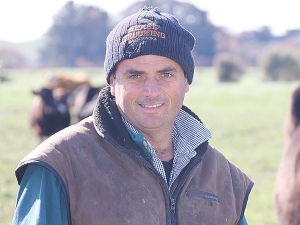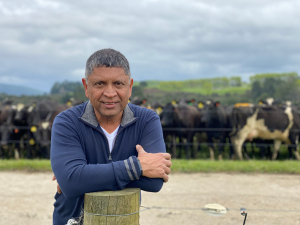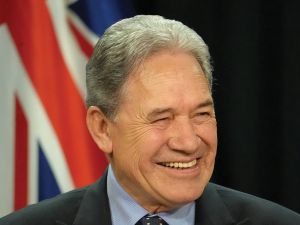The dairy industry must look forward continually to assess itself as fit for purpose – or not.
So says retiring DairyNZ director Ben Allomes.
He reckons the industry has been blindsided by the ‘dirty dairy’ campaign and other ongoing attacks.
Allomes told Rural News that the industry’s greater technical complexity demands more professionalism of its farmers. This is not a bad thing and people will have to adjust.
“There is a lot at stake now in getting it wrong: the environment, our animals, people and finances. We are on a knife-edge, one step away from a mistake going public meaning fines, court cases and public ridicule.”
Allomes says the dairy industry has rested somewhat on its laurels after 100 years of world-leading innovation, eg herringbone and rotary milking sheds, electric fencing and the early days aerial topdressing.
But in 2005 the industry decided it was perfect and set out to defend its achievements.
“Innovation had got us to that point and we decided to protect that rather than carrying on innovating. We had a pioneering mindset of breaking new ground and we should have continued to do that,” he says.
The industry was struggling in the early 2000s with the notion that its values were being challenged. Those values -- peer reviewed and formerly considered correct -- were later proved incorrect. A lot of energy in those early days went into protecting the status quo, says Allomes.
“But in the last few years we have formed a new view as to what the future should, could and will look like. The world has changed and we are struggling to adapt. So we feel we have lost our mojo and that the rug has been pulled from under our feet.
“Are we better farmers than we were five years ago? Absolutely. Better than we were 10 years ago? Yes. Are we good enough farmers now to be fit for purpose in future? No.”
Allomes says the dairy industry’s discussions now are much more strategic. The last three-four years have heard innovative farming leaders speaking up and setting standards.
“My sense now is we have turned the corner and got a good direction of travel. Now it’s a matter of going from A to B to C to get things exactly right.”
Allomes challenges farmers who think the status quo is acceptable. Many issues need sorting, eg animal welfare, climate change, nitrate leaching and attracting the right people into the industry.
“How do we inspire [young people] to see their future in our sector? Every time we moan or create negative publicity it is like a knife to the heart of creating connections. We need to create and promote a positive image of the industry to attract people.”











